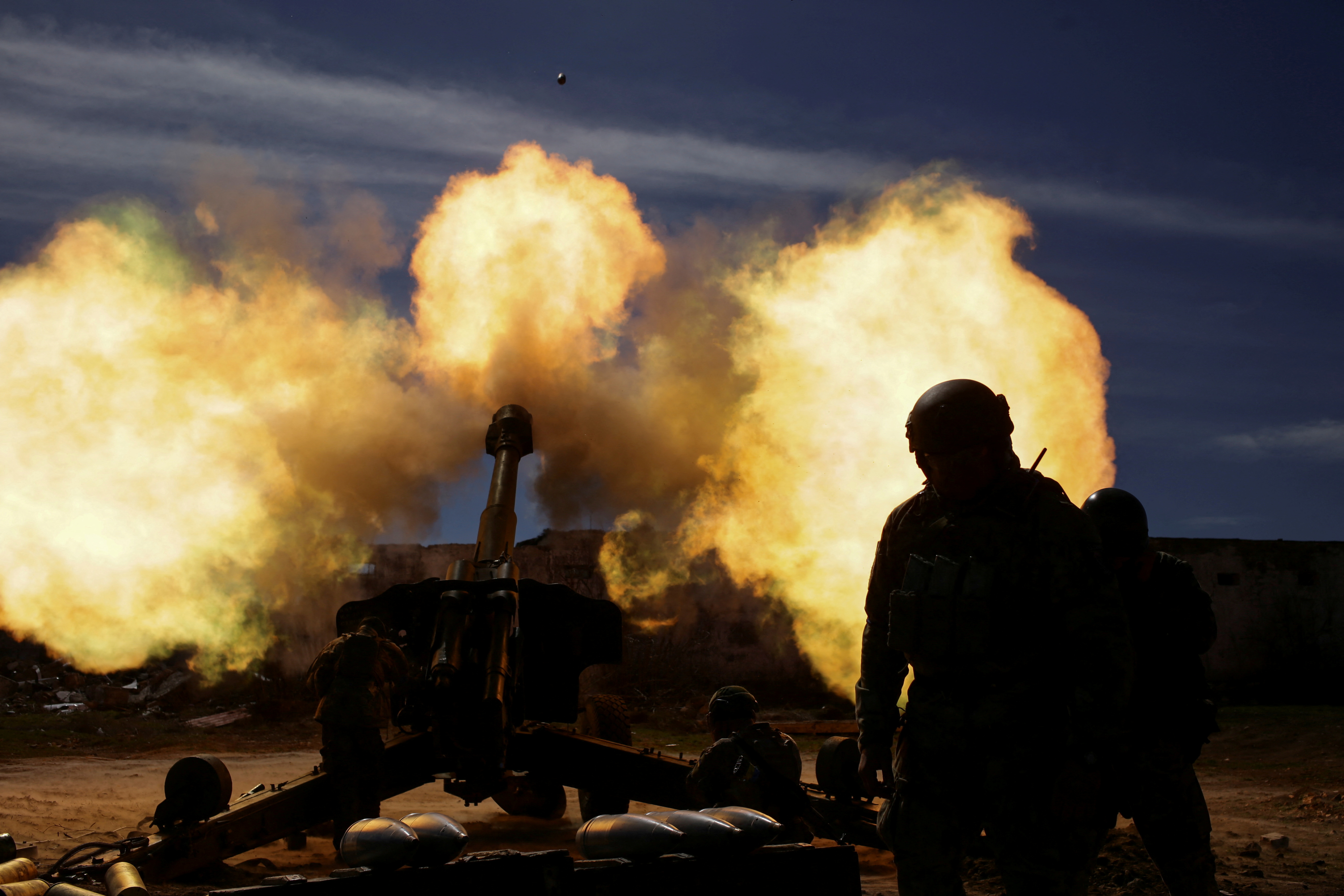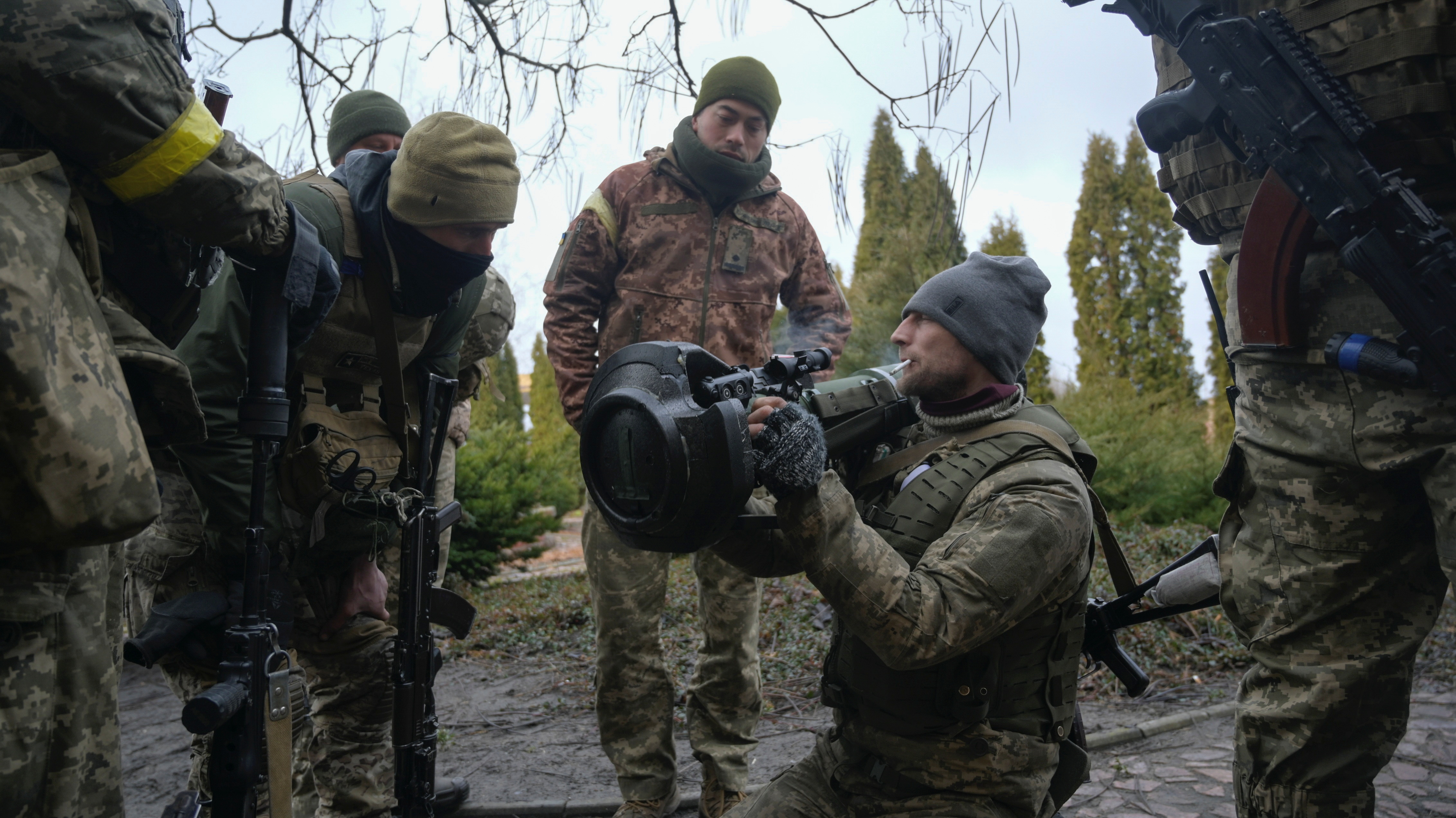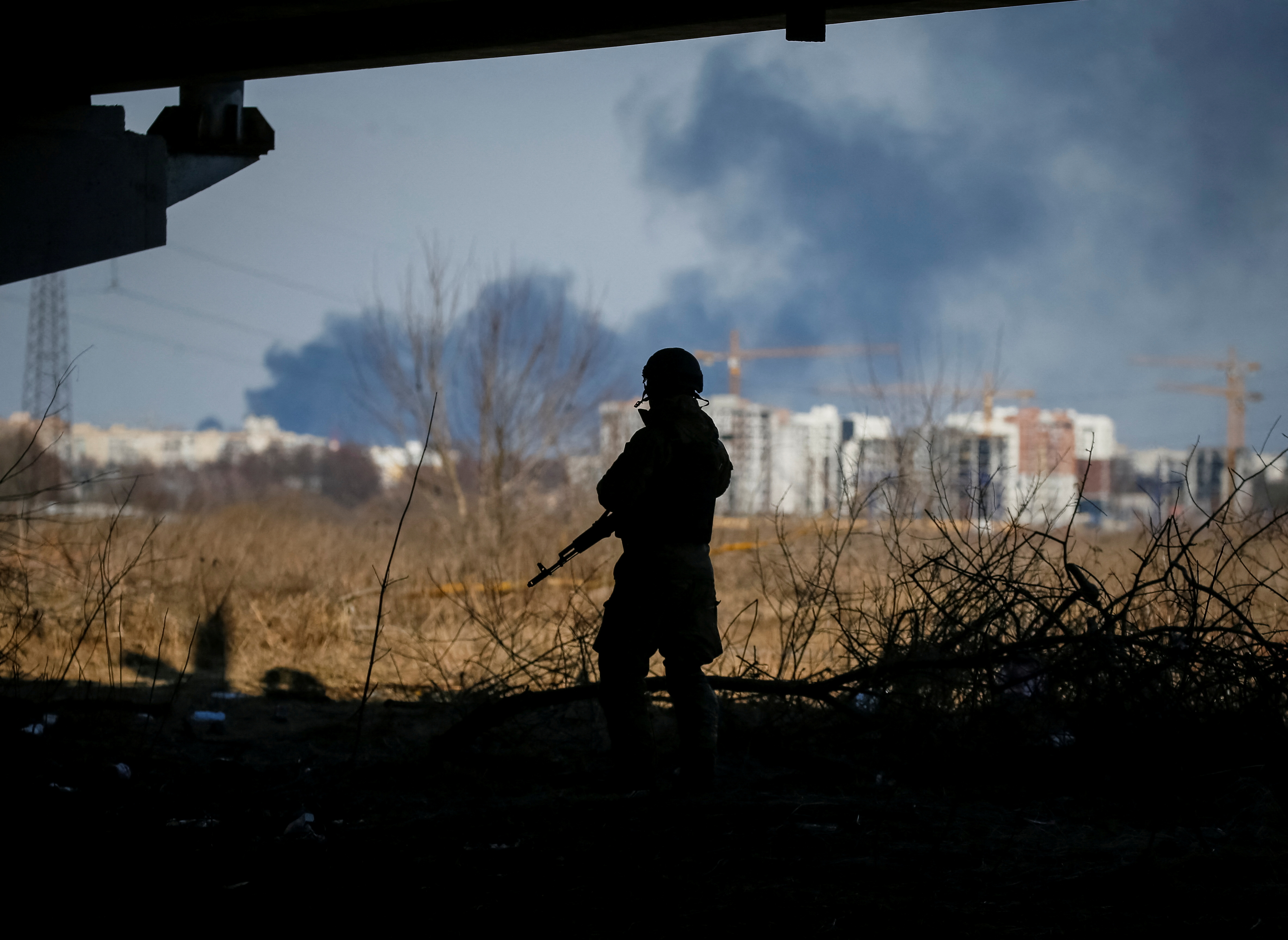The Military Situation in Ukraine after Five Weeks of Fighting
On 30 March, Russia intensified its military activities in eastern Ukraine. Contrary to its announcements, Russia has not yet withdrawn significant numbers of forces from the vicinity of Kyiv and instead is regrouping in the north of Ukraine. The greater intensity of the fighting in eastern Ukraine indicates that Russia is determined to occupy the Donetsk and Luhansk oblasts for the long term.
 STRINGER/ Reuters/ FORUM
STRINGER/ Reuters/ FORUM
What is the situation in the north of Ukraine?
In recent days, fierce fighting continued in the vicinity of Kyiv. On 28 March, the Ukrainian forces managed to regain control of the city of Irpin, among other territory. The town is one of the key points to defend the capital. On 29 March, Russia announced it would reduce the intensity of operations in northern Ukraine and withdraw a significant part of its military units (mainly from the 35th and 36th Combined Arms Armies of the Eastern Military District). According to the Pentagon (U.S.), Russia has pulled back only about 20% of the forces gathered around Kyiv, some of which have already crossed the border into Belarus to regroup. Despite this, fighting continues north of Kyiv, and Russia is still employing artillery attacks on Chernihiv and other cities. Russian troops so far are not withdrawing from most of the previously occupied areas where in the near future intense fighting with the Ukrainian armed forces can be expected. According to Ukrainian estimates, some of the withdrawn Russian units are being transferred to eastern Ukraine.
What is happening in eastern Ukraine?
The Russian armed forces stepped up their attacks in eastern Ukraine, led mainly by the 1st Tank Army and the 20th Combined Arms Army of the Western Military District. Artillery and other fires are underway on many localities in the oblasts of Kharkiv (including the city of Kharkiv), Dnipropetrovsk, Donetsk, and Luhansk. Intensive fighting is reported in the vicinity of the town of Izium. Control mainly over the Donetsk and Luhansk oblasts is now a key goal for Russia, at least from the point of view of domestic propaganda, which claimed the “special military operations” are being carried out in Ukraine to secure the separatist territories of the so-called People’s Republics (DNR/LNR). The seizure of these entire two oblasts is Russia’s absolute minimum goal. On 24 February, the amount of territory under Russian control was about 31% in the Luhansk Oblast and 35.5% of the Donetsk Oblast. Currently, the Russians claim that 93% of the Luhansk Oblast and 54% of the Donetsk Oblast are under control of the Russian armed forces. Mariupol remains the most important unconquered city in the Donetsk region. The takeover of both oblasts in total also would be an important element in the course of the negotiations with Ukraine, as Russia demands that the Ukrainian authorities recognise the independence of the so-called “separatist” territories.
What is the situation in Mariupol and in southern Ukraine?
In the southeast, Mariupol is still being defended, with the centre under the control of Ukrainian troops. Military operations in this city have tied up both Russian and Donetsk separatist forces. If Mariupol collapses, they can be redirected to fighting in other regions, mainly in the Zaporizhzhia Oblast. In addition, Russia would gain control over the entire Azov Sea and establish a land corridor connecting it with occupied Crimea.
In the remaining territory under Russian control in southern Ukraine, Russian forces are trying to strengthen their positions. Among other activities, the Russians set up a logistic base for troops in the town of Nova Kakhovka in Kherson oblast. Mykolaiv is still under fire. Odesa remains under constant threat from both missile attacks and a possible landing from the Black Sea.
How does the military situation mean for Russia’s negotiating position?
Russia’s minimum goal remains to seize the entire Luhansk and Donetsk oblasts and maintain control of the coast of the Azov Sea, including the key ports of Berdiansk and Mariupol. It is also important for Russia to hold onto the occupied areas in Kherson Oblast to secure Crimea militarily and supply it with fresh water from the Kakhiv Reservoir. It is an area that can be controlled by Russia as it directly borders the country and allows for a significant weakening of Ukraine by blocking its access to the Azov Sea. This gives Russia the opportunity to push for a ceasefire, which for domestic needs can be presented as the implementation of Russia’s most important goals of its attack on Ukraine. The provisions of such a ceasefire, however, would be difficult to maintain, as was the case with the Minsk agreements. For both sides, this solution would not be beneficial and would be treated only as temporary, with both sides maintaining significant forces along a possible demarcation line, which would increase the risk of Russian provocations.





